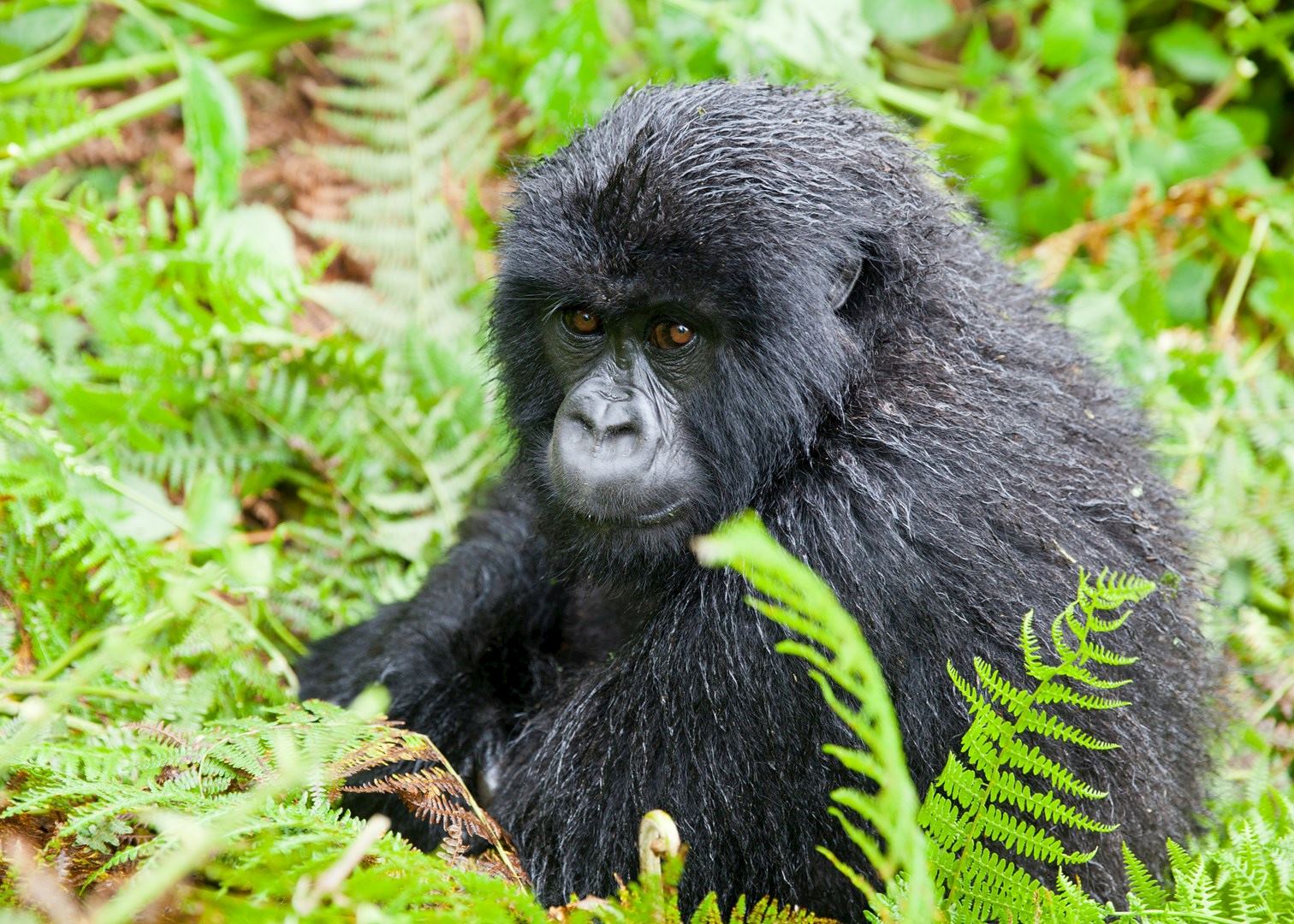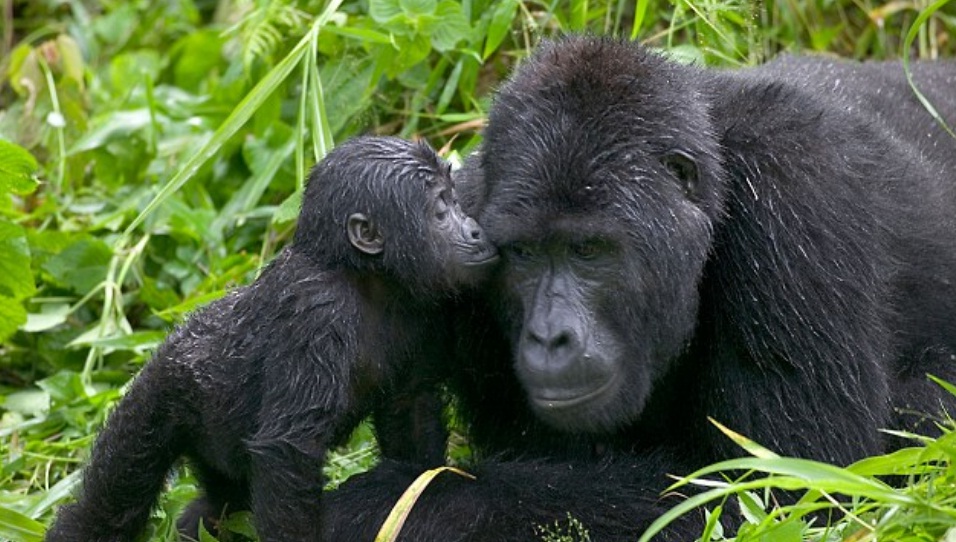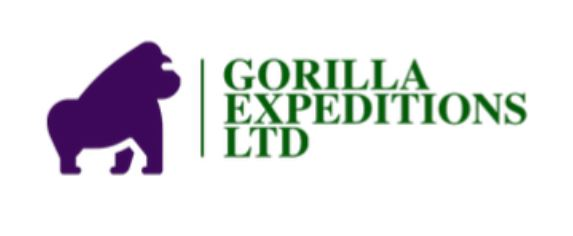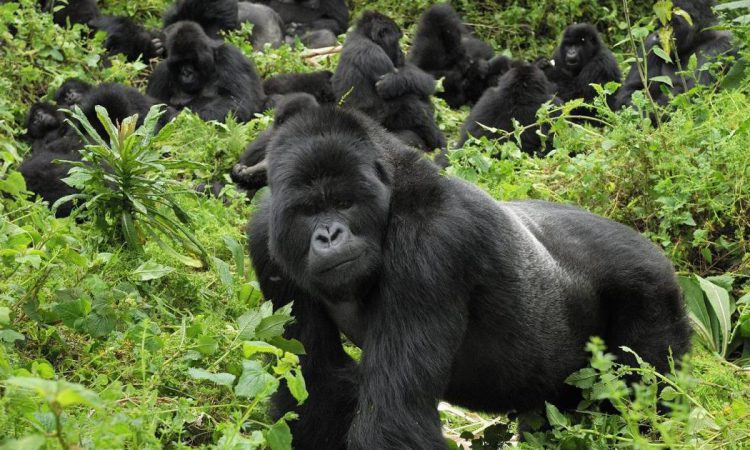It is not quite common that the experience everyone defines as marvelous turns out to be none exciting. But it happens. However; sometimes when you look back, you realize that it was not just about the experience; there were a number of factors that contributed to the negative or lukewarm experience. Sometimes it is the timing, other times it is your mood or something else.
Thank you for reading this post, don't forget to subscribe!Since timing has a lot to do with your gorilla safari experience, you have to choose the time of your gorilla safari carefully. But how can you make a choice unless you have the right facts on the table? Here are the facts to help you make an informed decision regarding your gorilla safari to Uganda.
Ugandan Weather
The weather in Uganda is quite hard to resonate with if you have not lived in Uganda before. There are mainly two rainy seasons in a year and two dry seasons. But sometimes this is hard to notice for a foreigner given the fact that it is very rare to go two weeks without any rain.

What is defined as a rainy season is the time of the year when you expect to receive heavy rain at least twice a week. The longest heavy downpour rarely exceeds an hour. But the drizzles can continue for up to four hours.
The months of March, April, May, October, and November are considered the rainy season months. But it should not be a surprise to you if you spend a week in the same month without seeing any rain. However, the month of November rarely disappoints, it is the rainiest month of the year in Uganda. It is mainly known for drizzles, not heavy rains.
Peak and Low Seasons
The Uganda gorilla safari calendar is divided into two seasons. Low seasons and peak seasons but we can rightly introduce a season known as transition season. That is the season between the low season and the peak season.

There are two peak seasons in Uganda; July to the end of September; then mid-December to the end of January. June, October, and February are often considered peak season months but they are actually transition months. The Low season months are March, April, May, and November
The Best Time For A Gorilla Safari In Uganda Based On Weather
We highly recommend the month of December and January. Technically, these are the driest months of the year in Uganda. If you choose these months for your Uganda gorilla safari, there are higher chances of trekking gorillas without the interference of rainfall.
The Best Time For A Gorilla Safari In Uganda Based on Park Congestion
The best time of the year for a gorilla safari is during the transition months. That is June, October, and February. During these three months, the number of people who trek gorillas is often average. There are chances that you will be a maximum of four people trekking a gorilla family.
However, for anyone interested in encountering the gorillas with the least possibility of having someone else join your gorilla trekking group, the best time of the year is mid-November, late April, and early May. During these three months, chances are high for you to trek gorillas alone more so in Mgahinga gorilla national park.
The Best Time For A Gorilla Safari In Uganda Based on Price
Price is usually a huge factor in many people’s choices. If you are among the kind of people who wish to find a way to reduce their gorilla safari expenses, the best time of the year would be during April, May, and November. Though you cannot get a bargain on the gorilla permits, you can get a discount on accommodation, meals, and transportation.

April, May, and November are always considered low-season months which implies that you can get a better bargain on accommodation. If you are interested in a camping gorilla safari; late November would work better than the other two months.

